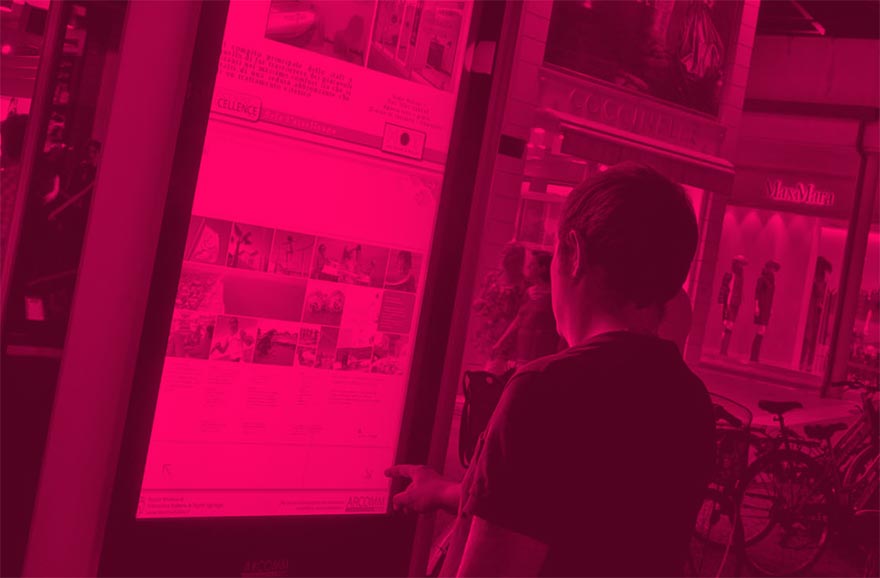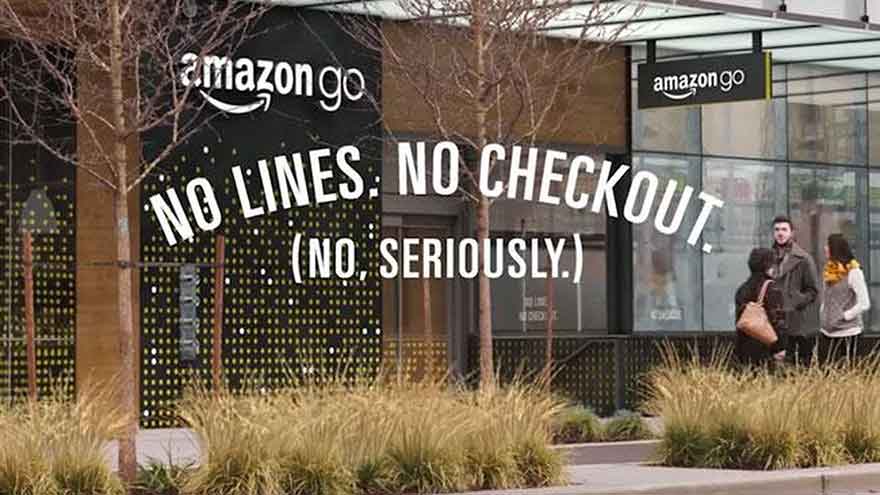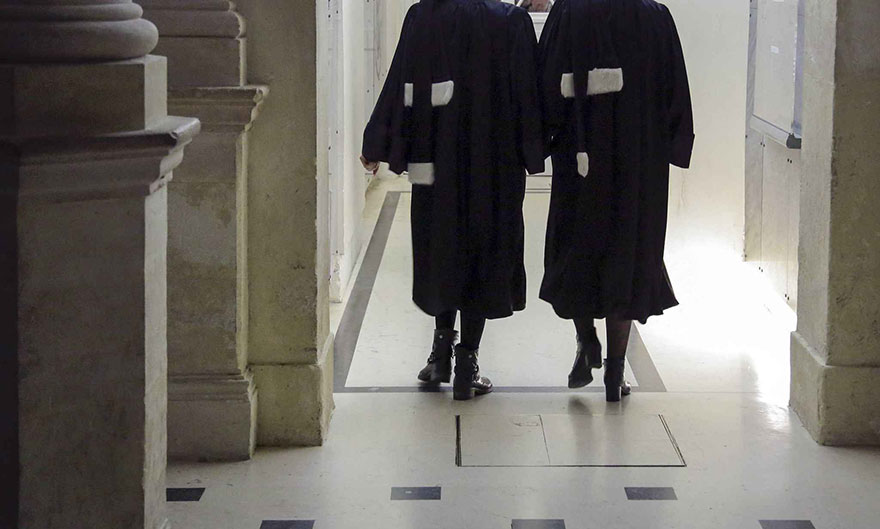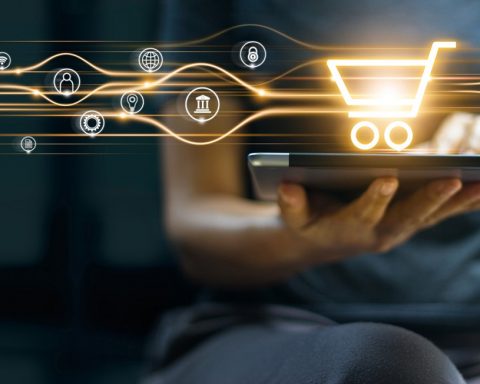On January 16, there were in the Echoes an article titled: "Selling in the age of phygital". Phygital" is a word suitcase that describes the rapprochement between the physical and digital worlds in the field of distribution. The "pure players" (web sellers) and the classic shops have entered a process of convergence. Jocelyn Jarnie, President of So Bang written on January 9 in Stratégie.fr The clever combination of these two universes, which are not contradictory in the end, might be the key to success. This is the case of Amazon, which is setting up physical shops, and pillars of distribution or brand stores that are part of a process of digitalization of the point of sale.
A great change
L’As companies face major changes, digital technology is creating new challenges: being connected all the time, creating new consumer practices and new retail professions.
This great change was launched, distribution began with a single physical sales channel: the store. Then it added e-commerce (online sales sites). We then speak of "multi-channel" sales. But our consumer does not just follow one path. We see the "cross channel" appearing: the customer starts a process online and finishes it in the store or the other way around. This behaviour requires a certain amount of adaptation on the part of the company. But this is only the beginning, smartphones are coming and giving the potential buyer the possibility to connect anywhere, anytime.
The different modes of distribution. Adeline
The "moments" in the customer experience
Now the information is available everywhere and all the time, the consumer consults his Smartphone in the store. He gets explanations about the product that were previously given by the salesman who himself had them from the manufacturer or from his internal laboratory. He consults the opinions of Internet users simultaneously. This is called "the omnicanal".
Google, on " think with google ", explores the micro-moments of the mobile individual: " I want to know, I want to go, I want to do, I want to buy " (I want: to know, to go, to do, to buy). This new situation is interesting, because it brings additional power to the consumer: this is called "empowerment". We can also add the fact that the consumer expresses himself, as the smartphone considerably extends his agora. By leaving opinions he will influence other consumers.
Procter & Gamble had formalized two moments the FMOT (First Moment 0f Truth) and the SMOT (Second Moment Of Truth), the "First" being the contact with the product (store, salesman...) and the Second being the use of the product by the customer. Google takes these moments and identifies a third one: the ZMOT (Zero Moment Of Truth) which is upstream of the two others for another consumer.
The Zero Moment Of Truth. Dictanova.com
In "Moment" 2, consumers will write reviews, award stars, produce testimonial videos that will be injected into the digital sphere. This amount of material will be available to the future consumer during the Google "I want to know" time.
Today we can no longer find ourselves in front of a counter with a salesman who says "what do you want? "and goes and gets you the product. The counter, a physical barrier preventing access to the products, now appears as a form of control by the salesperson over the consumer-customer. This evolution has been going on for a long time: a few years ago we could not enter a store without buying anything, then the store to encourage us to discover the products, the atmosphere... wrote on its door "free entrance".
Experiences around the customer relationship
In the film Minority ReportWhen Tom Cruise crosses the threshold of the store, he is recognized by eye identification, the screens then offer him adapted products and promotions, this fiction is now reality.
Here we are. In our laboratory at Grenoble Ecole de Management, we are working on facial identification in front of a connected shop window. Age, gender...are recognized criteria that allow us to deduce and bring the customer closer to a similar population/consumption behaviour.
It's all about putting the customer experience in the centre of the sales areaThe aim is to put the company at the centre of the business and to develop the salesperson's profession. This point is at the heart of our questioning.
All this work opens up infinite possibilities, but above all, it brings the company's departments closer together: for legal: what are the rights to exploit this type of data? for IS: what information system to manage all this? for finance: what technological investment and with what ROI (return on investment)? etc.
To illustrate this, we have organised a sales area with Picture Organic Clothing ski clothing manufacturer. In this shop we've set up dressing rooms. Each garment is equipped with a tag RFID and when you enter the cabin all the characteristics of the garment (materials, sizes, colours.) are displayed on a screen, the light and music also adapt according to the product. In V2 we will introduce a "chatbot" contraction of "chat" (conversation) and "bot" (robot). It will move in the shop and will be able to answer customers' questions. In V3 we will use social networks in the sales space, but also emotions with face and morphology analysis when trying on a garment.
For GEM it is important to understand what the customer/seller/robot relationship is going to be. Beyond this point on the relationship, it is also necessary that all departments of the company ask themselves about the impacts of digitalization to buy, manufacture, finance, recruit etc.. These situations prefigure the professional world in which our students will evolve. The most important thing for us is to involve the student in all the phases of transformation and to work with him/her on the evolution of the "phygital".
Christian Rivet...Associate Professor of Marketing, Grenoble École de Management (GEM)
The original text of this article was published on The Conversation.














